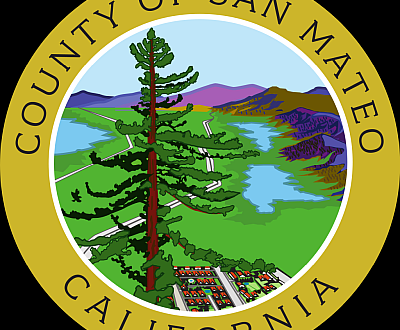San Mateo County CalGreen
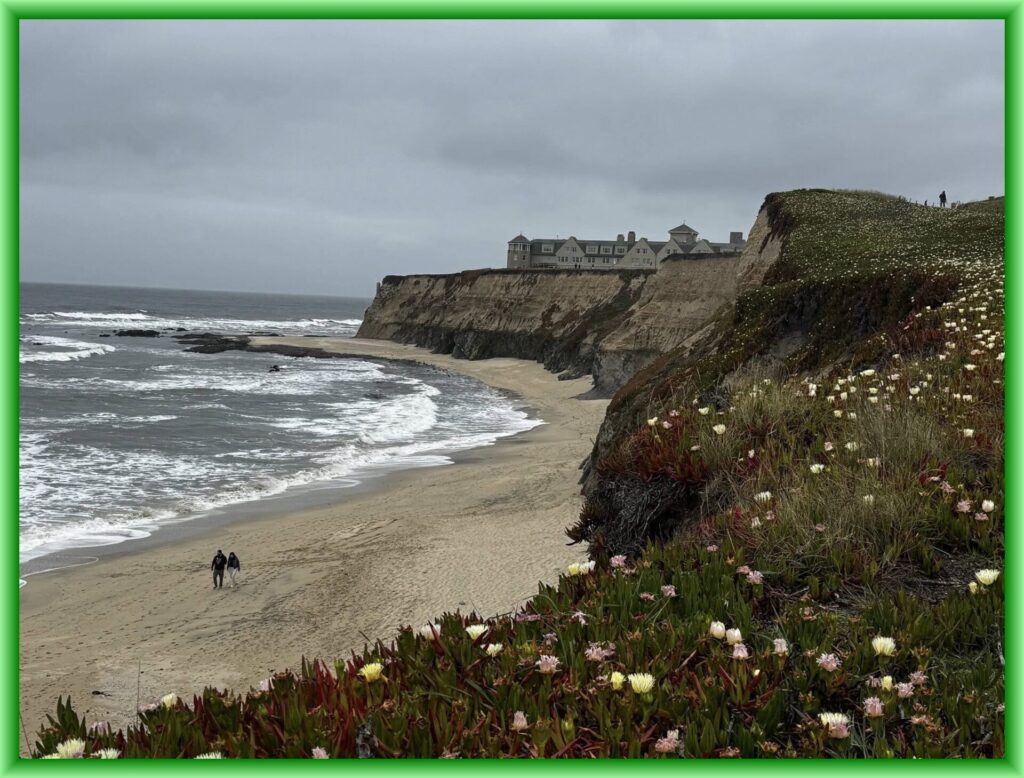
Preface: The content of this article will appear to be, in part, critical of the County of San Mateo. However, the unfortunate fact is that every building department in the state is understaffed and under-funded. San Mateo County is no different. In addition, with the current political climate qualified people are less inclined to apply for work for in municipalities. There are few jobs that are less thank-less than working in a building department, where every day brings conflict. I believe the county employees do there best with the time and resources they have. If improving the sustainability of California’s buildings means using the tools available, rather than ideal ones, we should not hold that against them. My hope is that raising concerns may eventually lead to improving code clarity when time and resources permit.)
The San Mateo County CalGreen requirements are not made clear within their own Municipal Code. In fact, their code adoption process is so convoluted it can be challenging to find out what the code requirements are for any project.
In a typical code analysis, one would expect to navigate to the current (as of October 1, 2025) published Municipal Code to find the county’s building code adoption, including the Green Building requirements.
If you click on the above link what you will not see is a typical “Building Regulations” title. In fact, there is no reference to building regulations at all. Then, if you scroll backwards to previous editions you will see a long list of “Supplements”, none of which seem to contain the county’s building regulations.
Ah-Ha!, you think, surely the July 23, 2023 Supplement would contain the reference to adoption of the 2022 California Building Codes? Alas, while that would seem logical, it is not the case.
In fact, if you search the entire San Mateo County Municipal Code website, it will not return a single result for the California Green Building Standards Code!
We were finally able to locate a document called Title 10 – Building Regulations on the county’s website. However, since there is no official adoption indicated in the SMC Municipal Code, it’s not even clear if this is the law of the land. (And yes, we tried searching the Muni Code for “Title 10” and the only search results were for Marijuana Cultivation and Dog Licenses).
For lack of any clear code adoption by the county, this article will assume that the Title 10 Building Regulations (download here) from the current county website is, in fact, the official code for the county. However, it is important to note that this document isn’t even dated…..
“But wait, there’s more!” ( Can you tell that its frustrating trying to write an article about the county’s green building requirements when the county can’t even make it clear what they are?)
Assuming, the above noted Title 10 is the formal adoption of the Green Building Code (see page 43), the document includes amendments to the Green Building Code, as well.
Amendments include that if two parking spaces are provided for the home, then there are two EV charging requirements.
One parking space provided shall be a Level 2 EV Ready space.
The second parking space shall be provided with a Level 1 EV Ready space.
This means that a total of 80 amps of electrical service is required for the EV system! To put this in perspective, most homes today are provided with a 200 amp electrical service. This requirement will likely result in each home requiring a minimum 300 amp service. Such a serious design and cost impact to a project should not be buried in a code document that may, or may not, be a legal requirement.
The impact to a project that missed this during the design stage could end up requiring the electrical service and main electrical panel be ripped out and replaced. This would also incur a long delay from PG&E while they went through their process of a new service application. The total cost for this change order in time and money would be significant.
SMC Reach Code
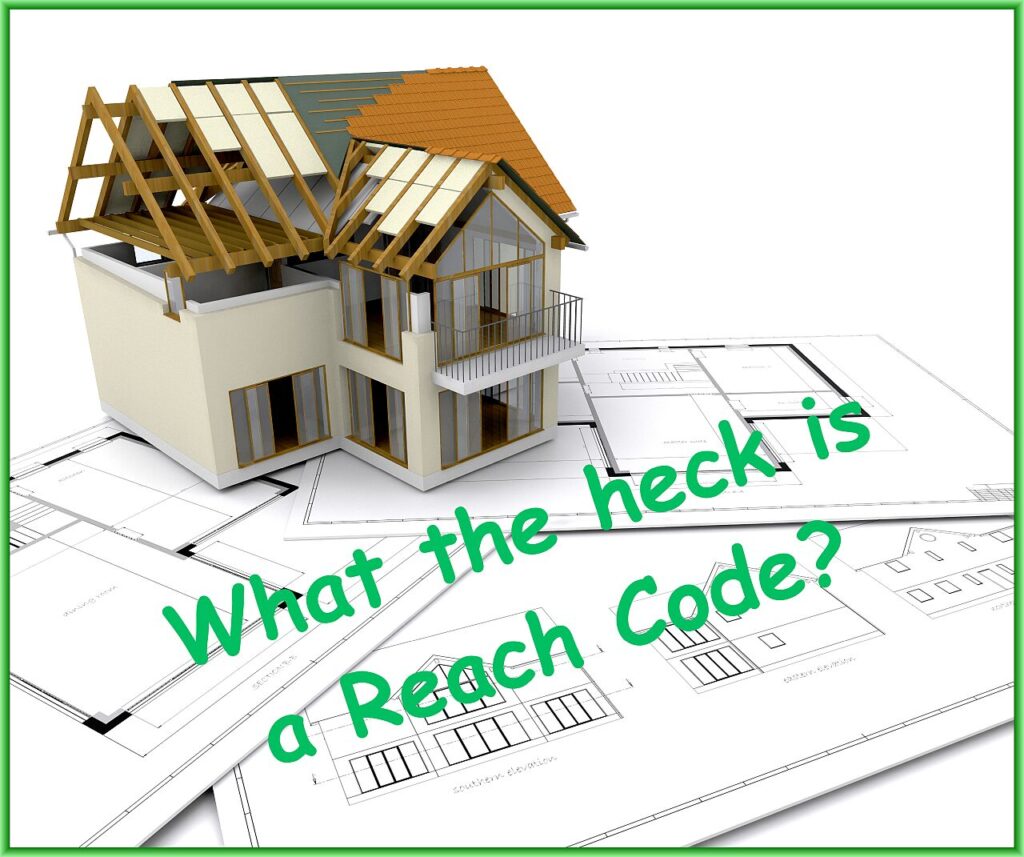
To further confuse the required codes for the county, they have chosen another vehicle for code adoption, the Reach Code. To be clear, your SMC project must comply with the adopted building codes, the published Title 10 regulations, and the new Reach Code.
A Reach Code is a local building energy ordinance that establishes building standards more stringent than the state’s minimum requirements. It serves as a local policy tool for cities and counties to drive innovation, reduce greenhouse gas emissions, improve energy efficiency, and achieve local climate goals. Reach codes can specify requirements for energy efficiency, water savings, and electrification technologies like electric vehicle charging infrastructure and high-efficiency air conditioning equipment.
Reach Codes also create challenges for architects, designer, engineers, and builders as they are frequently a separate process from the building code amendments. This is the case in SMC.
One of the problems with Reach Codes is that administrators use them to cross building code boundaries. They frequently include Green Building Code, Electrical Code, and Energy Code items in a single Reach Code. SMC has done that with their Reach Code, effective as of August 29, 2025.
The new Reach Code includes higher energy performance requirements for all new single-family residential projects. They now must exceed the Title 24 EDR1 performance by at least nine points.
Residences less than 1500 square feet must exceed the EDR1 performance by 4 points.
These requirement will force homeowners to install even more expensive glass and they will likely have to increase the wall and roof insulation.
We mention this increase in the Title 24 Energy performance requirements as this is part of the CalGreen Code energy efficiency documentation.
Note that the new Reach Code also requires pre-wiring for future electrical equipment if the home is built using natural gas for stove, furnace, or the water heater.
For nonresidential projects, the new Reach Code requires higher energy performance for all projects. Here is the summary of the ne Reach Code requirements. Note that these requirements, also, do not appear in the current published SMC Municipal Code.
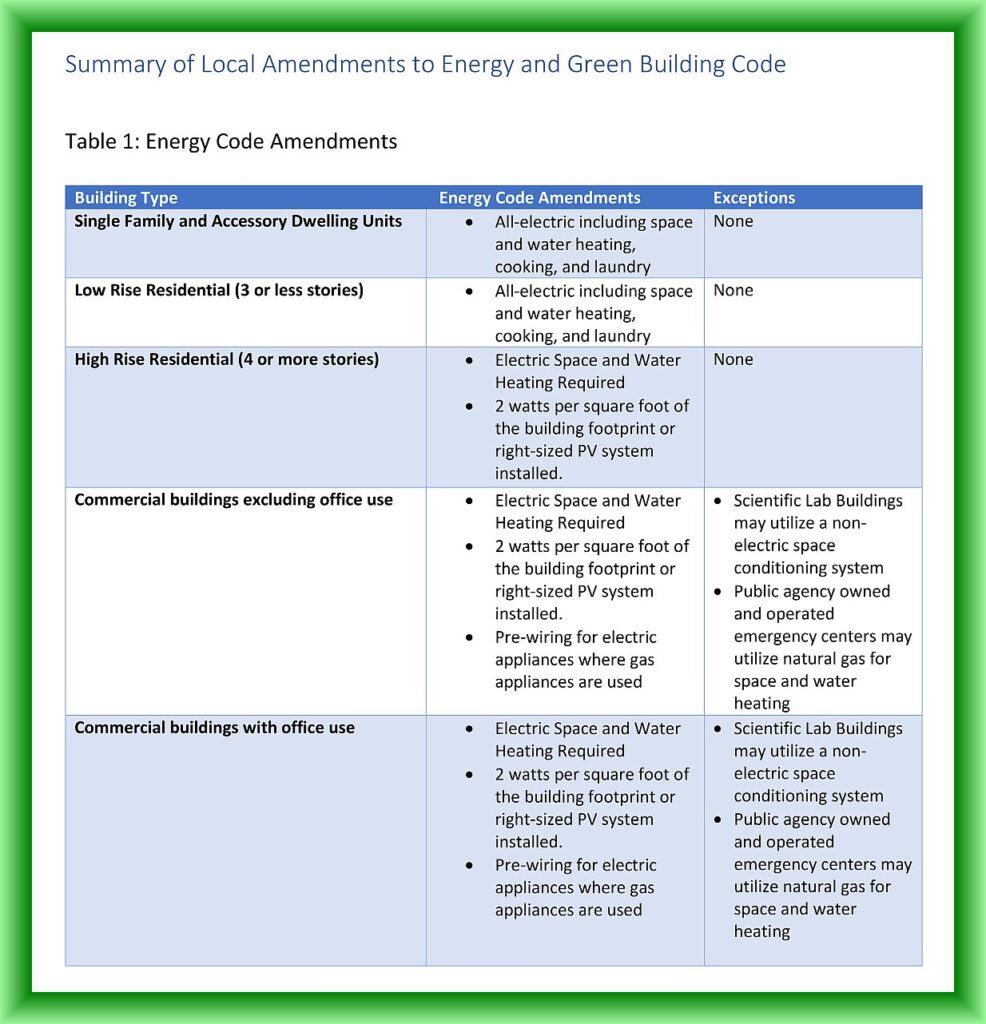
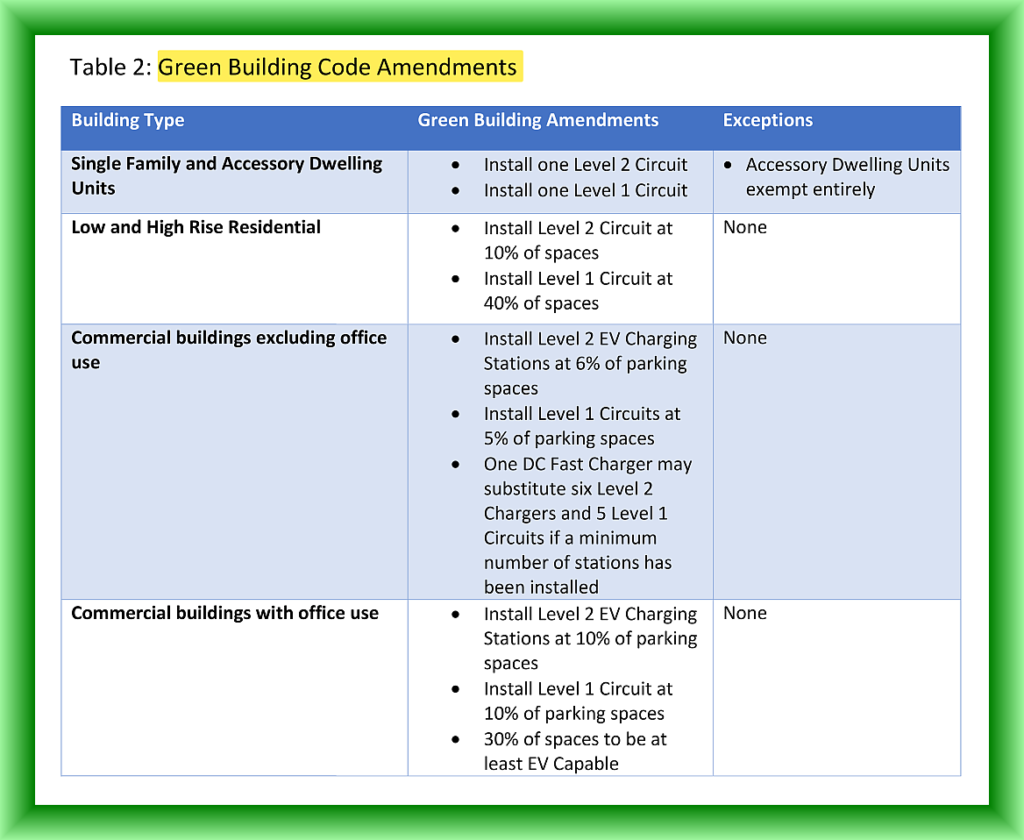
The CalGreen Checklist for SMC
The San Mateo County Building Department does not publish a CalGreen Checklist for permit application. As such, either the checklist published by the AIA or the one published by the California Department of Housing and Development (HCD) are acceptable for residential projects.
For nonresidential projects the checklist in the CalGreen Code or the AIA Nonresidential Checklist is acceptable.
It is important to understand that none of these checklists contain all the additional SMC requirements, so they will need to be edited to cover the Title 10 and Reach Code additions and modifications.
If you are thinking that it might be wise to engage a Calgreen Code specialist to help with your CalGreen Checklist submittal in San Mateo County, you’re probably right. The small cost for this service could help avoid costly shortfalls in your permit application and avoid change orders during construction.

San Mateo County Building Division
The San Mateo County Building Division is the agency that regulates the CalGreen Code requirements. The regulations apply to both residential and commercial construction new constructions as well as to certain alterations and additions.
All new and renovation projects in San Mateo County require a CalGreen checklist as part of the permit submittal.
In order to avoid delays in your permit approval it can be important to have a CalGreen specialist supporting your project.
We will work with you or your architect to ensure the CalGreen submittal is properly coordinated and documented. At CalGreen Energy Services we have developed stream-lined procedures to provide you with a professional submittal, in an economical manner.
Two Day Turn-around on Checklists
We understand the tight schedules everyone is under these days. Architects, contractors and building owners are all under pressure to submit permit documents quickly. The last thing any project needs is to be held up waiting for the CalGreen Checklist. We will get your CalGreen checklist permit submittal within two business days. In addition, we will provide you with a copy and paste list of notes for any missing critical CalGreen Code requirements.
As specialists in the CalGreen process we can help ensure the project meets both its schedule and it’s need for permit approval. Simply getting the project “out the door” doesn’t help the owner if you end up with multiple permit back-checks.
We have streamlined our CalGreen Consulting and CalGreen Special Inspector processes to meet the needs of the construction industry. We are also Certified Commissioning Agents that can manage your CalGreen Commissioning requirements as well.
We respond quickly to emails and voicemails. We will put together a proposal for you right away and can typically start on your project within a couple of days.
Email or call us now to see how we can help you:
Gary Welch
Email: gary@calgreenenergyservices.com
Phone: 707-328-5299
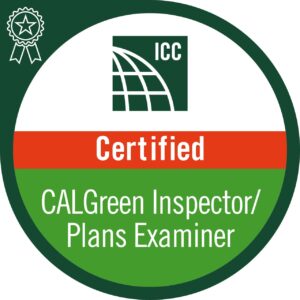
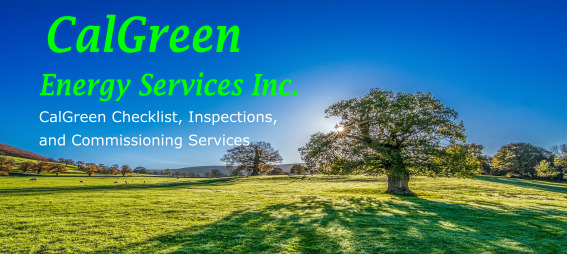

Gary Welch has over 35 years experience in the field of sustainable building design. He is the CEO of CalGreen Energy Services. Gary is an ICC Certified CalGreen Special Inspector and Plans Examiner.

